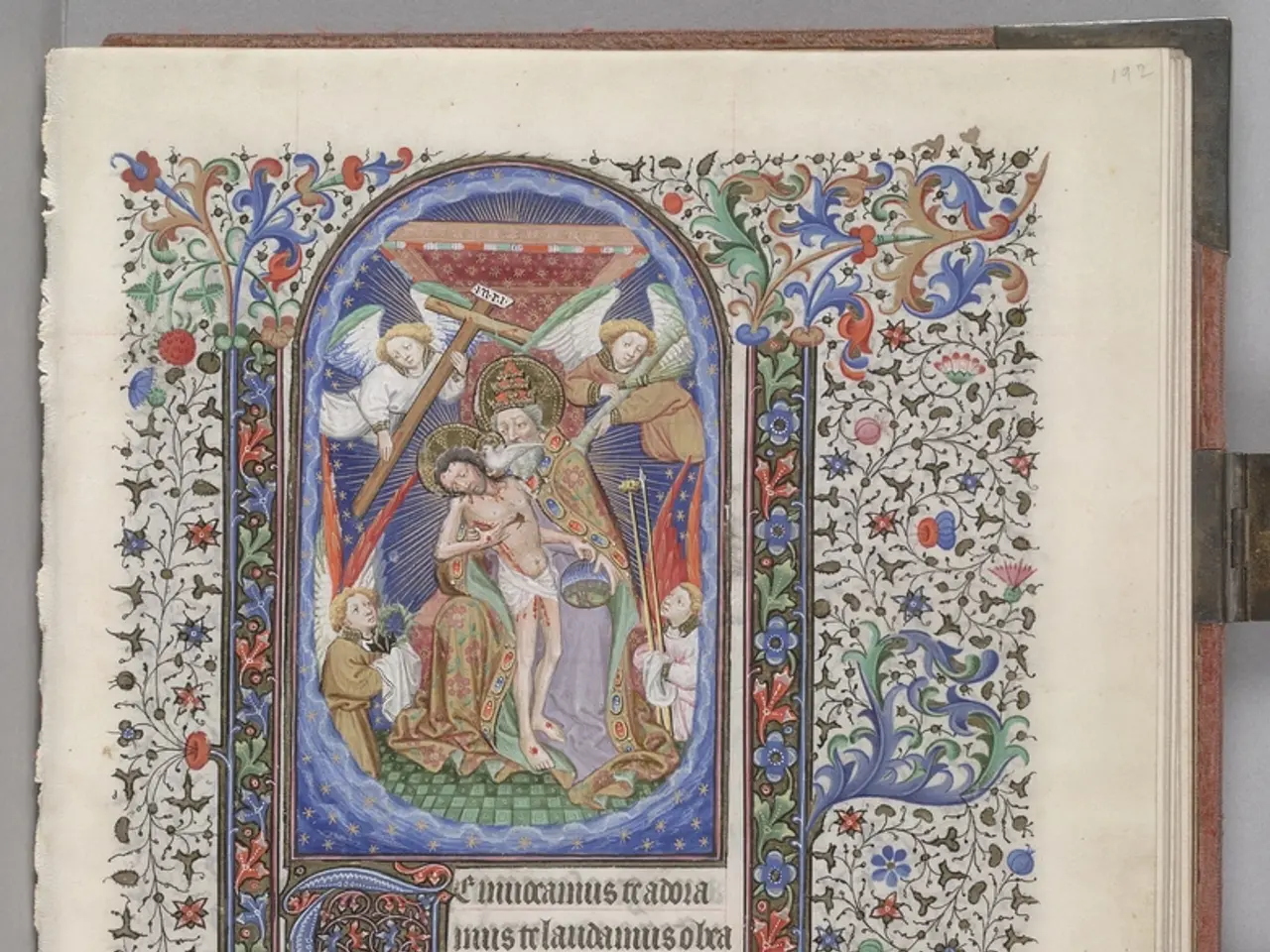Scandinavian vs Mid-Century Modern: A Surprising Similarity in Acclaimed Design Philosophies
In the world of interior design, two styles have left an indelible mark: Scandinavian and mid-century modern. Both have gained international recognition for their unique approaches to aesthetics, materials, and colour palettes.
Scandinavian design, pioneered by designers such as Alvar Aalto, Hans Wegner, and Arne Jacobsen, achieved global prominence from the 1930s. Known for its calm, natural, and cozy aesthetic, Scandinavian design features soft lines and light materials. Scandinavians heavily use light woods like beech, ash, and pine, along with wool, linen, and leather, emphasizing a natural, tactile warmth. This design style is characterized by pale woods, layered textures, and cozy restraint due to the need for light and warmth during long winters.
On the other hand, mid-century modern design, an American response that began in the 1950s, aligned with the modernist movement, embraces a more bold, graphic, and experimental approach. Mid-century modern design is characterized by strong geometry, saturated color, and a playfulness that comes through in the architecture and furnishings. It incorporates a broader mix of materials like teak, walnut, metal, glass, plywood, and early plastics like fiberglass, reflecting a more industrial approach.
Despite their differences, both design styles share a strong connection to nature. In Scandinavian culture, designers are inspired by nature, including leaves, animals, and folklore in textiles. Mid-century modern design also incorporates natural elements, albeit in a more abstract and stylized manner.
Caitlin Maestrini-Sowers, a renowned figure in luxury design, has made a significant impact in both spheres. With a background in luxury design, having worked at Flos, 1stDibs, and Collective Design Fair, Maestrini-Sowers is now the founder and CEO of Teak New York, specializing in Scandinavian design. She also holds a master's degree in art business from Sotheby's Institute of Art.
Brittny Smith, the owner and creative director of Homesmith Design, is another notable name in the Scandinavian design scene, known for delivering tailored and innovative spaces for clients. Todd Howard Ezrin, principal at TOBE DesignGroup, is recognised for crafting sustainable, elevated interiors with a focus on multifamily residential design.
The 1954 Design in Scandinavia exhibition at the Brooklyn Museum played a pivotal role in popularizing Scandinavian design in the US, while mid-century modern design's popularity can be attributed to its alignment with the modernist movement.
In essence, Scandinavian design and mid-century modern design share some similarities but differ notably in lines, materials, color palettes, and motifs. Both styles value simplicity and clean lines but interpret these principles differently to create distinct atmospheres. While Scandinavian design is more about creating a calm, natural, and cozy aesthetic, mid-century modern design is more about bold, graphic, and experimental design with a broader material palette and vibrant colors.
- Scandinavian design, with its focus on soft lines, light materials, and natural warmth, has left a lasting impression on the world of interior design since the 1930s.
- In contrast, mid-century modern design, an American response that gained traction in the 1950s, is characterized by strong geometry, saturated color, and a playful approach to architecture and furnishings.
- Both design styles exhibit a deep connection to nature, with Scandinavian designers drawing inspiration from leaves, animals, and folklore, and mid-century modern designers incorporating natural elements in an abstract, stylized manner.
- Caitlin Maestrini-Sowers, a decorated figure in luxury design, has made significant contributions to both the Scandinavian and mid-century modern design spheres, specializing in Scandinavian design as the founder and CEO of Teak New York.
- Brittny Smith, owner and creative director of Homesmith Design, and Todd Howard Ezrin, principal at TOBE DesignGroup, are also celebrated names in the Scandinavian design scene, known for creating tailored and innovative spaces, and crafting sustainable, elevated interiors, respectively.
- The 1954 Design in Scandinavia exhibition at the Brooklyn Museum played a key role in popularizing Scandinavian design in the US, while the popularity of mid-century modern design can be attributed to its alignment with the modernist movement.
- With their unique interpretations of simplicity and clean lines, Scandinavian design and mid-century modern design create distinct atmospheres - the former aimed at creating a calm, natural, and cozy aesthetic, and the latter focused on bold, graphic, and experimental design with a broader material palette and vibrant colors.




